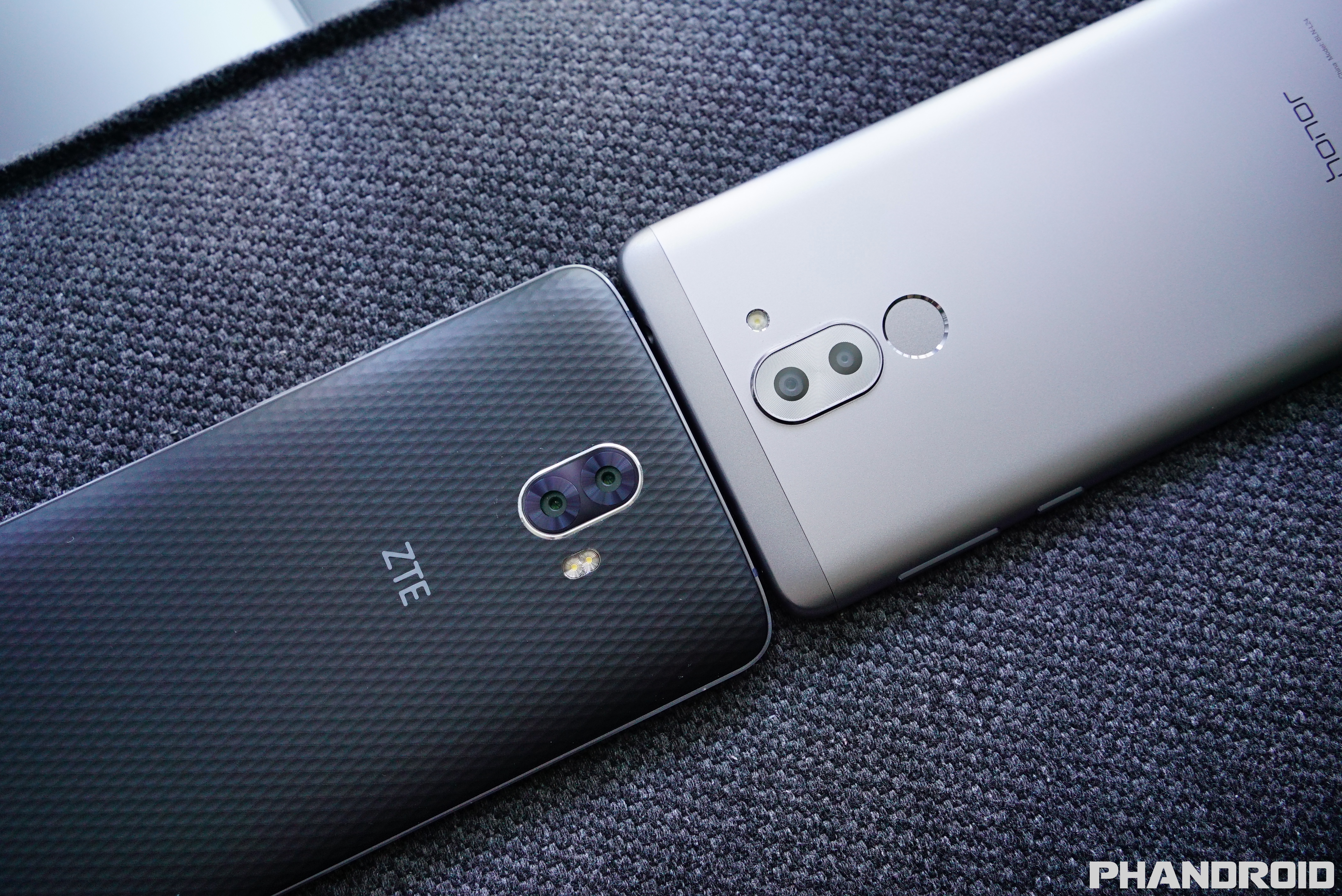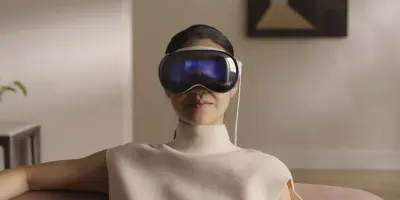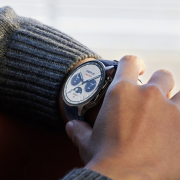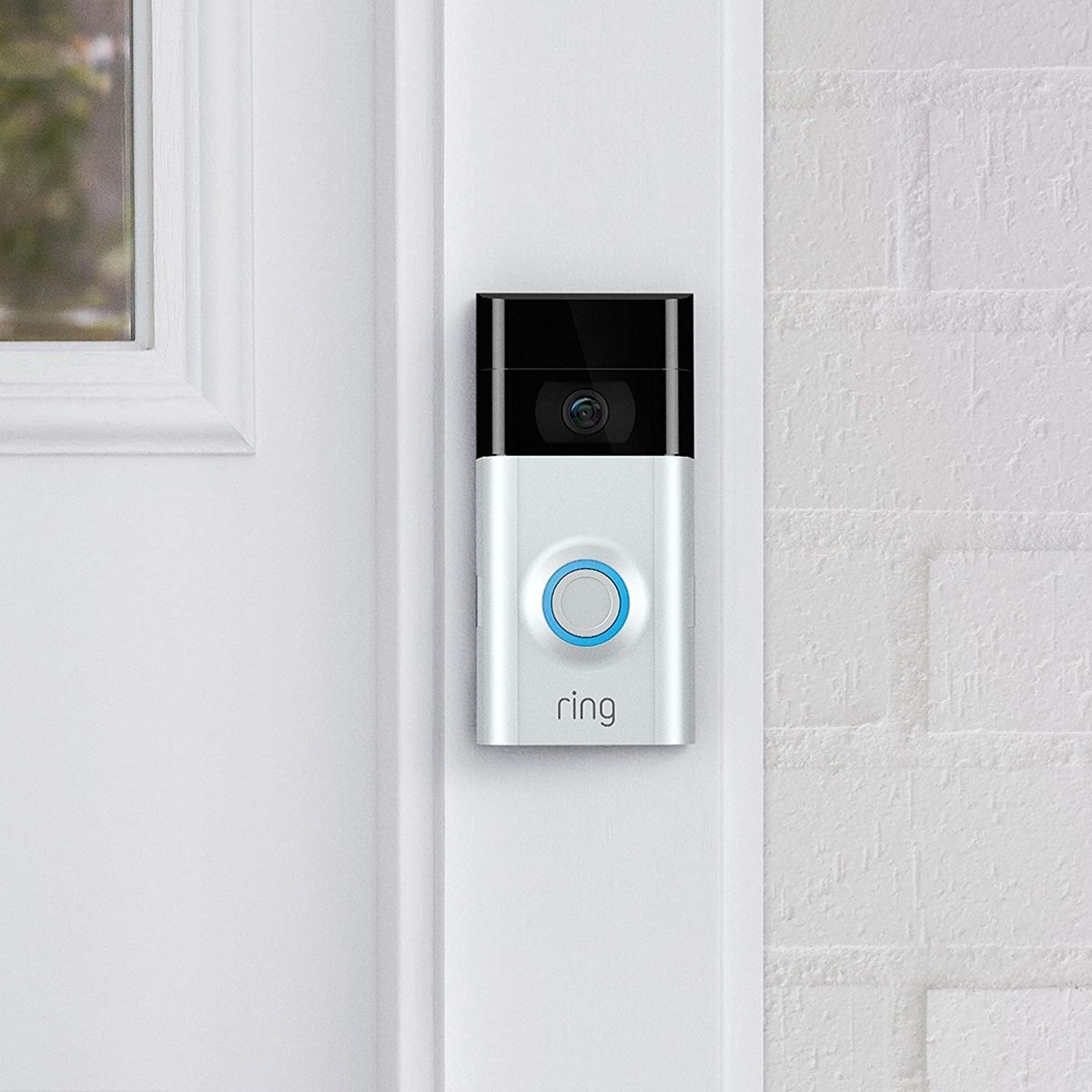For a vast majority of folks, smartphone cameras are one of the most important aspects for anyone in the market for a new smartphone. Typically, we see high-end flagships receive the majority of the testing, while lower-end models simply fall to the wayside. It probably has something to do with the fact that most people expect low-end devices to deliver poor, if not average results at best.
But it seems we’ve reached a point where having an affordable Android device doesn’t necessarily mean you have to sacrifice too much when it comes to photo quality. For instance, a few weeks back we put the Honor 6X in a head-to-head match against the iPhone 7 and lo and behold, the 6X not only held its own, it actually beat the iPhone in some instances. What a time to be alive…
Running with that idea, we wanted to take a look at another recently released Android device — the ZTE Blade V8 Pro — and see if the phone’s shooting capabilities are up to snuff. Seeing as how most people searching for a new sub $250 smartphone will likely be checking out the ZTE Blade V8 Pro and the Honor 6X, we decided to compare the results of each in a photo shootout. Which phone comes out on top? See for yourself.
Daytime shooting
We’ve said this plenty of times before: bright, sunny, outdoor sunshine is the best lighting environment for any sort of camera, especially smartphone cameras with their tiny sensors. This is as absolutely the best possible situation and if you’re looking for maximum quality — this is as good as it’s going to get.
I had really high hopes for the ZTE Blade V8 Pro but to my surprise, it didn’t really stand much of a chance against the Honor 6X (which easily held its own again the iPhone 7 in a previous camera shootout). Both the Blade V8 Pro and 6X feature 12MP cameras, so detail was about the same on both. I might give the slight edge to the BV8P which allowed a bit more noise to creep into shots, thus resulting in slightly higher detail when it came to fine textured concrete, stucco, asphalt, or fabrics. As we mentioned before, the Honor 6X is quite aggressive with its post processing, smoothing out anything it thinks might be noise, even at its lowest ISO setting.
ZTE Blade V8 Pro (left), Honor 6X (right)
The biggest differences between the two devices was how piss poor the Blade V8 Pro’s dynamic range was. It’s so contrasty that anything remotely dark in an image is almost pitch black, while brighter areas are completely blown out. The best example of this being the beat up old van. On the V8 Pro, you can barely make out the rims, while the sunlight on the hood is almost pure white. If there was one area where the Honor 6X absolutely mopped the floor with the Blade V8 Pro it was in dynamic range.
One thing I did like about the the Blade V8 Pro was the color vibrancy (something that even carried to low light shooting). Sure, it may not be as “color accurate,” but normies will enjoy it. Photos on the BV8P mostly had a more pure white color balance (the Honor 6X always looks a tad too warm), but sometimes an odd pink hue would creep in and ruin things. If you look at the sky above the blue van, it almost looks purple. Yeah, not good.
The front facing camera test once again was no contest, even with both phones featuring 8MP shooters. Once again, the Blade V8 Pro photos had way too much contrast with virtually no detail to them. Of course, not everybody is a fan of super detailed front facing cameras, but even then each device offers its own “beautifying” software features to help smooth things out.
Paired photos: ZTE Blade V8 Pro (left), Honor 6X (right)
Night time / indoor low light
Now, we already know how awful the Honor 6X was at low light shooting, it was something I made clear in both my iPhone 7 comparison and my full review. That being said, the Honor 6X set the bar pretty low, so I can’t say I was expecting the ZTE Blade V8 Pro to be much worse. After looking over the photos from the Blade V8 Pro, it’s sort of a mixed bag.
Of course, the photos on the Blade V8 Pro were still as contrasty as ever, but it in some low lighting conditions… it kind of works. For indoor restaurant lighting, the V8 Pro’s images had near perfect white balance (Honor 6X was mostly pink), much more vibrant colors, and typically less noise. Sure the photo can be a little darker than you’d probably want it, but shadows can be edited in post to help lighten them a bit.
Heading outside, I’d probably have to give the win to the Honor 6X, if for nothing else than its better dynamic range. Sure, the colors on the ZTE Blade Pro V8 had a lot more pop to them and there was a more accurate white balance, but that only goes so far. As usual, lights on the Blade VP where completely blown out and the image was far too dark to see anything. There was just no middle ground (something the Honor 6X was able to find) and made taking photos of human subjects nearly impossible.
Taking things back inside to the worst possible lighting environment — an extremely dimly lit bar — the tables quickly turn in favor of the Honor 6X. Here the ZTE Blade V8 Pro struggled to focus on subjects, requiring more than a few taps to get the focus just right. Even then, the image was just too dark to make heads or tails out of anything and ZTE Blade V8 Pro’s extremely aggressive noise filtering kicked in, smoothing things out beyond recognition.
I never thought a competing camera could actually make the Honor 6X look good, but the Blade V8 Pro in this extremely challenging lighting situation proved me wrong. It was the same story with the front facing camera inside a dimly lit car, with the Honor 6X actually looking pretty darn acceptable. Who would’a thunk.
Paired photos: ZTE Blade V8 Pro (left), Honor 6X (right)
Performance
Performance is where the gap really widens between the two devices. I’ve already talked about the slow shutter/save speed on the Honor 6X and yes, it’s bad. Real bad. Even in outside daylight, the shutter is just slow and makes taking photos feel like a chore. You don’t want to have to think when taking a photo, but the Honor 6X forces you to remain perfectly still after taking a photo to avoid a blurred photo.
The ZTE Blade V8 Pro on the other hand, is the exact opposite. Snapping photos happens in an instant. Even in HDR mode (really, the only way you should be taking photos on this phone), the BV8P still fires off shots and saves them quicker than the Honor 6X in its regular auto mode. Speaking of HDR, it’s all but completely broken on the Honor 6X. Shooting in this mode does virtually nothing to increase dynamic range on the device (which, to be fair, already does a pretty good job in auto mode), leaving me to wonder if it’s really just enabled by default.
Of course, quickly snapping a photo will only take you so far, especially if you have to manually tap-to-focus just to lock onto your subject. That’s where the Blade V8 Pro falls short, especially during nighttime shooting or indoor shots. Both phones feature your standard phase detection auto focus (PDAF) but more often than not, the V8 Pro had trouble locking onto just about anything, making tap-to-focus a necessity in most every situation.
Dual camera mode
ZTE Blade V8 Pro (left), Honor 6X (right) in dual-camera mode
Because dual rear cameras are all the rage these days, both devices feature a two cameras on the rear, with the secondary camera used mainly to add a shallow depth of field special effect. These “virtual aperture” effects are supposed to simulate a wide aperture lens, but are mostly trash across both devices.
Comparing the two, the ZTE Blade V8 Pro does do a slightly better job at keeping subjects in focus and blurring out backgrounds, but it’s certainly not perfect and nowhere near what you’ll find on the iPhone 7 Plus. I also found the UI used to play around with the virtual aperture setting on photos to be a bit more user friendly on the Blade V8 Pro, so we’ll have to give the Blade the “dual-camera win” overall.
Winner: Honor 6X
This was a really tough bout. Although it’s clear that neither device is perfect, in the end we’re going to have to give the final win to the Honor 6X. Although the ZTE Blade V8 Pro was nice in some lower indoor lighting conditions (surprisingly so), that was the only area where the phone’s photo quality truly shined. Looking at the Honor 6X, what the phone lacks in snappy performance, it makes up for in all around image quality.
Keep in mind that this photo bout was only when comparing off-the-hip photo shooting capabilities in auto-mode. Both devices feature their respective manual shooting modes and it’s definitely possible to get more favorable results by playing around with either of these (especially if you shoot in HDR mode on the Blade V8 Pro), but if you’re looking for the best possible shooting experience for the least amount of money, the Honor 6X comes out on top.







































































Comments